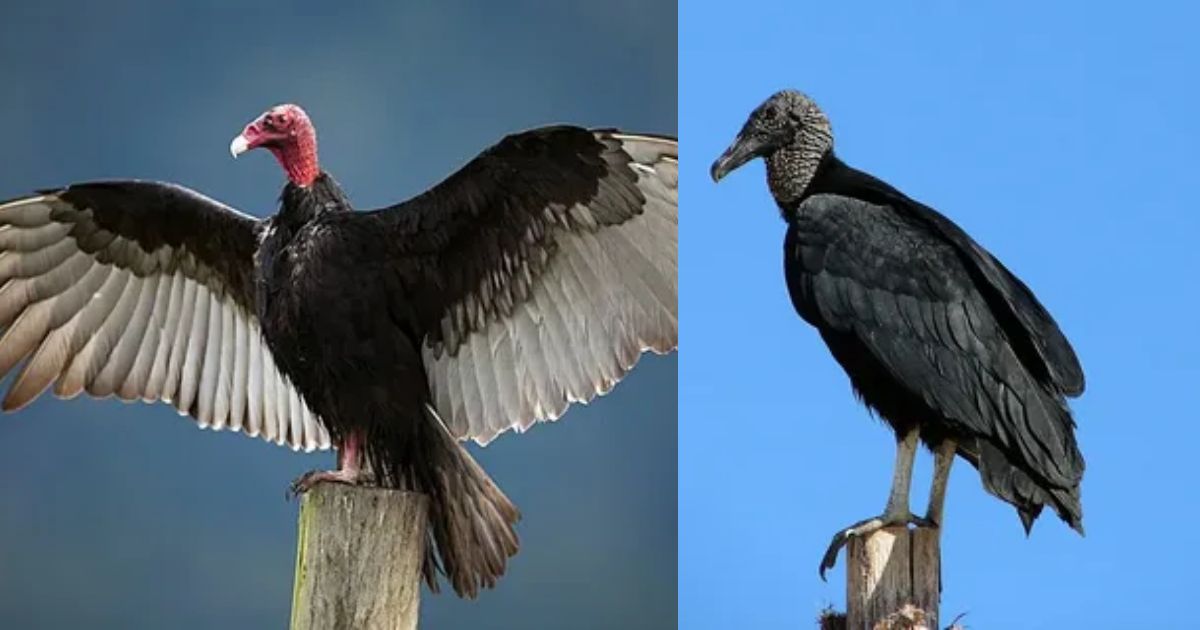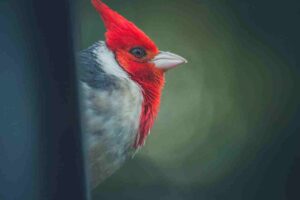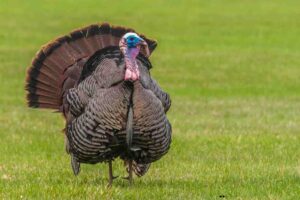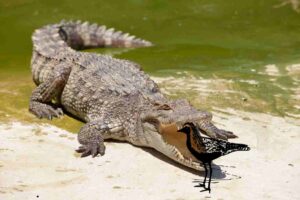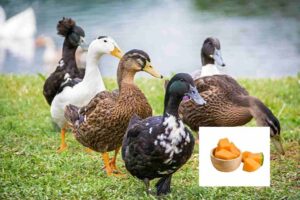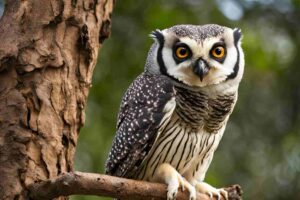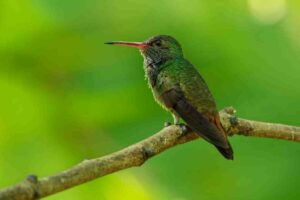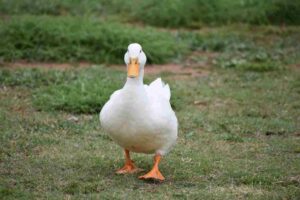When it comes to scavengers of the skies, two of the most notable species are the black vulture and the turkey vulture. Both birds play a crucial role in the ecosystem by helping to clean up carrion, but they have distinct differences in behavior, appearance, and habitat. This article will delve into the characteristics, habits, and habitats of these fascinating birds, providing a detailed comparison that illuminates the nuances of the black vulture vs turkey vulture debate.
Introduction to Vultures
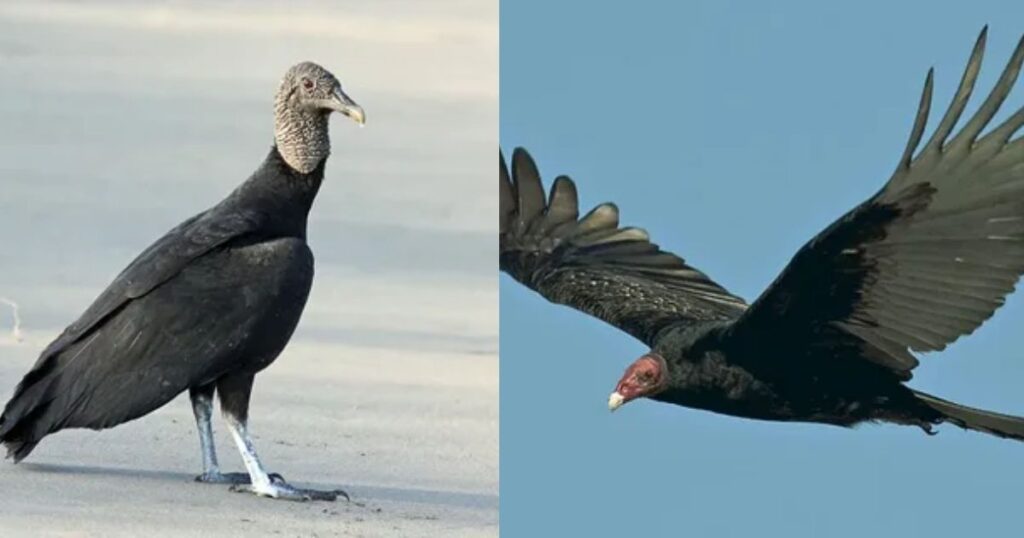
Vultures are large birds of prey known for their scavenging habits. They primarily feed on the carcasses of dead animals, which makes them vital to the environment as they help in the decomposition process and prevent the spread of disease. Among the various species of vultures, the black vulture Vs turkey vulture are particularly common in North America.
Physical Characteristics
Black Vulture
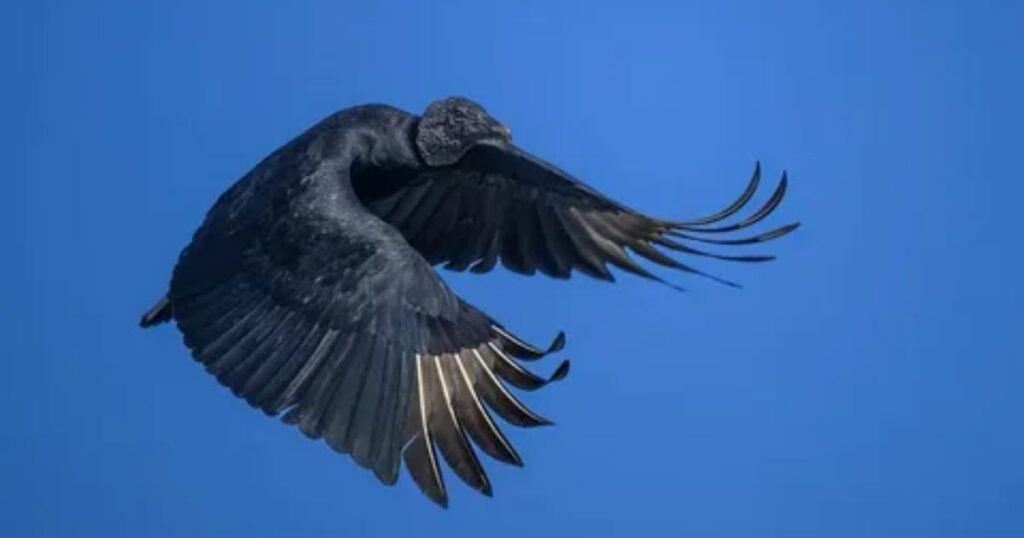
The black vulture (Coragyps atratus) is easily identifiable by its dark plumage and distinctive features. Here are some key characteristics:
- Color: The black vulture has a mostly black body with a slightly grayish head.
- Size: They typically measure about 24-28 inches in length with a wingspan ranging from 50 to 60 inches.
- Head: Their head is bald and dark, which helps to maintain hygiene while feeding on carrion.
- Tail: They possess a short, squared tail that distinguishes them from turkey vultures.
Turkey Vulture
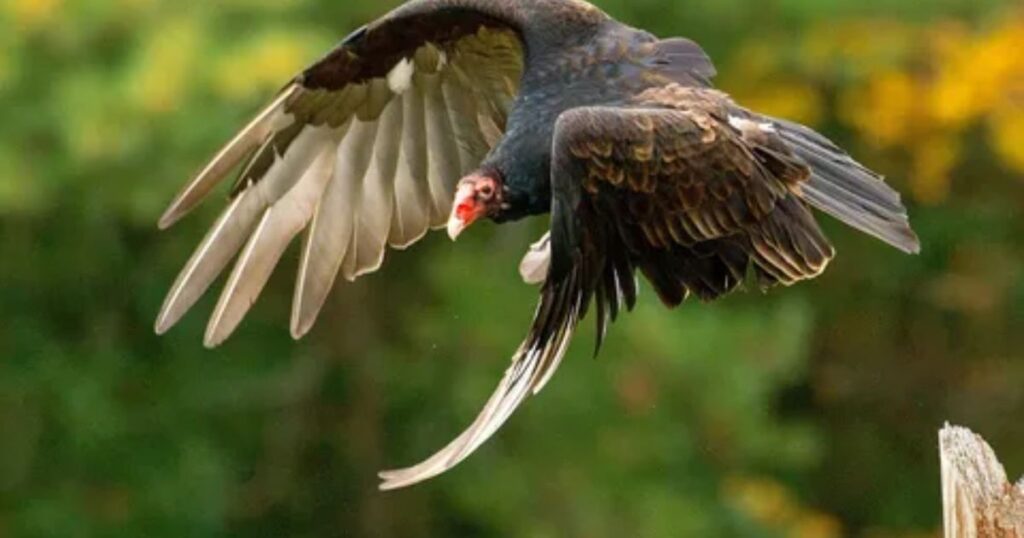
In contrast, the turkey vulture (Cathartes aura) exhibits different traits:
- Color: The turkey vulture has a dark brown and black body with a lighter, reddish head.
- Size: They are slightly larger than black vultures, measuring about 25-32 inches in length, with a wingspan of 60-70 inches.
- Head: The turkey vulture’s head is also bald but has a characteristic red hue.
- Tail: They have a long, rounded tail that is more pronounced than that of the black vulture.
| Feature | Black Vulture | Turkey Vulture |
|---|---|---|
| Color | Mostly black with grayish head | Dark brown and black with red head |
| Size | 24-28 inches, wingspan 50-60 inches | 25-32 inches, wingspan 60-70 inches |
| Head | Bald and dark | Bald and reddish |
| Tail | Short and squared | Long and rounded |
Behavior and Feeding Habits
Black Vulture Behavior
Black vultures are known for their aggressive scavenging behavior. They often hunt in groups and will actively chase away other scavengers from carrion. This social behavior helps them secure food more effectively.
- Feeding: They primarily feed on large carcasses and are less picky about their food compared to turkey vultures.
- Hunting Style: Black vultures rely on sight to find food, often soaring in the air to spot potential meals.
Turkey Vulture Behavior
Turkey vultures, on the other hand, have a more solitary feeding style. They can often be seen soaring alone or in pairs.
- Feeding: They are more selective and prefer fresher carrion. They have a keen sense of smell, which enables them to detect decaying animals from great distances.
- Hunting Style: Unlike black vultures, turkey vultures rely on their sense of smell to locate food, making them unique among raptors robin vs cardinal.
Habitat and Range
Black Vulture Habitat
Black vultures prefer open areas, including:
- Habitat: They thrive in areas with low vegetation, such as pastures, fields, and areas near roads where they can spot carrion easily.
- Range: Black vultures are primarily found the gadwall hen comprehensive guide in the southeastern United States and parts of Central and South America.
Turkey Vulture Habitat
Turkey vultures are more adaptable and can be found in a wider range of habitats:
- Habitat: They inhabit forests, grasslands, and even urban areas, showing a great deal of adaptability.
- Range: Their range extends across North America, from Canada Buzzards vs Vultures down to South America.
Reproduction and Nesting
Black Vulture Reproduction
Black vultures generally mate for life and are known to be very protective of their nests.
- Nesting Sites: They prefer to nest in cavities, cliffs, or abandoned buildings.
- Eggs: The female typically lays 2-3 eggs, which both parents incubate for about 30-40 days.
Turkey Vulture Reproduction
Turkey vultures also engage in monogamous pair bonds, but their nesting habits differ slightly.
- Nesting Sites: They often nest in secluded areas such as hollow trees, rock crevices, or abandoned buildings.
- Eggs: The female lays 1-3 eggs, which are incubated for around 28-40 days by both parents.
Conservation Status
Both the black vulture and turkey vulture have shown resilience in their populations, but they face threats from habitat destruction and poisoning from consuming carcasses treated with toxic substances.
- Black Vulture: Their populations are stable, but they are protected under the Migratory Bird Treaty Act.
- Turkey Vulture: Similarly, turkey vultures are not considered endangered and are protected by law.
Conclusion
The black vulture vs turkey vulture comparison highlights the distinct differences and similarities between these two essential scavengers. While both play a crucial role in maintaining ecological balance, their behaviors, appearances, and habitats set them apart. Understanding these nuances not only enhances our knowledge of avian life but also emphasizes the importance of protecting these remarkable birds.
FAQs
What is the main difference between black vultures and turkey vultures?
The main difference lies in their appearance; black vultures have a darker plumage and a shorter tail, while turkey vultures have a reddish head and a longer, rounded tail.
Do black vultures and turkey vultures live in the same areas?
Yes, they can inhabit overlapping ranges, but black vultures prefer open areas, whereas turkey vultures are more adaptable to various habitats.
How do black vultures find food?
Black vultures primarily rely on their eyesight to locate carrion, while turkey vultures have a keen sense of smell
Are black vultures and turkey vultures protected species?
Yes, both species are protected under the Migratory Bird Treaty Act in the United States.
